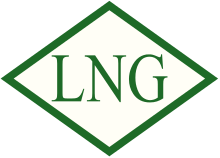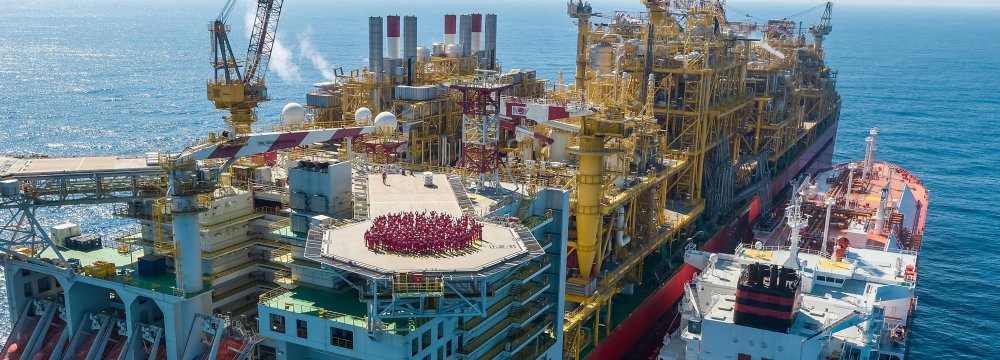
Global Demand Bolstering LNG's Growing Role

Last year saw some key developments that are helping to reshape the industry, one of which was an industry record of 40 million tons of additional supply becoming available and being consumed by the market, Bloomberg reported.
Moreover, the growing role of gas in improving air quality through coal-to-gas switching in the power and industrial sectors kept rising, with coal generation phase-out announcements more than tripling.
Natural gas emits between 45 and 55% fewer greenhouse gas emissions and less than one-tenth of the air pollutants than coal when used to generate electricity.
“The global LNG market continued to evolve in 2019 with demand increasing for LNG and natural gas in power and non-power sectors,” said Maarten Wetselaar, Integrated Gas and New Energies Director at Shell.
“Record supply investments will meet people’s growing need for the most flexible and cleanest-burning fossil fuel.”
“While we see weak market conditions today due to record new supply coming in, two successive mild winters and the Coronavirus situation, we expect equilibrium to return, driven by a combination of continued demand growth and reduction in new supply coming on-stream until the mid-2020s.”
Europe absorbed the majority of 2019 supply growth as competitively-priced LNG furthered coal-to-gas switching in the power sector and replaced declining domestic gas production and pipeline gas imports.
New spot-trading mechanisms and a wider variety of indices used for long-term contracts point towards LNG becoming an increasingly flexible commodity.



Trump weighs using $2 billion in CHIPS Act funding for critical minerals

Codelco cuts 2025 copper forecast after El Teniente mine collapse

Electra converts debt, launches $30M raise to jumpstart stalled cobalt refinery

Barrick’s Reko Diq in line for $410M ADB backing

Abcourt readies Sleeping Giant mill to pour first gold since 2014

Nevada army depot to serve as base for first US strategic minerals stockpile

SQM boosts lithium supply plans as prices flick higher

Viridis unveils 200Mt initial reserve for Brazil rare earth project

Tailings could meet much of US critical mineral demand – study

Kyrgyzstan kicks off underground gold mining at Kumtor

Kyrgyzstan kicks off underground gold mining at Kumtor

KoBold Metals granted lithium exploration rights in Congo

Freeport Indonesia to wrap up Gresik plant repairs by early September

Energy Fuels soars on Vulcan Elements partnership

Northern Dynasty sticks to proposal in battle to lift Pebble mine veto

Giustra-backed mining firm teams up with informal miners in Colombia

Critical Metals signs agreement to supply rare earth to US government-funded facility

China extends rare earth controls to imported material

Galan Lithium proceeds with $13M financing for Argentina project

Kyrgyzstan kicks off underground gold mining at Kumtor

Freeport Indonesia to wrap up Gresik plant repairs by early September

Energy Fuels soars on Vulcan Elements partnership

Northern Dynasty sticks to proposal in battle to lift Pebble mine veto

Giustra-backed mining firm teams up with informal miners in Colombia

Critical Metals signs agreement to supply rare earth to US government-funded facility

China extends rare earth controls to imported material

Galan Lithium proceeds with $13M financing for Argentina project

Silver price touches $39 as market weighs rate cut outlook

















